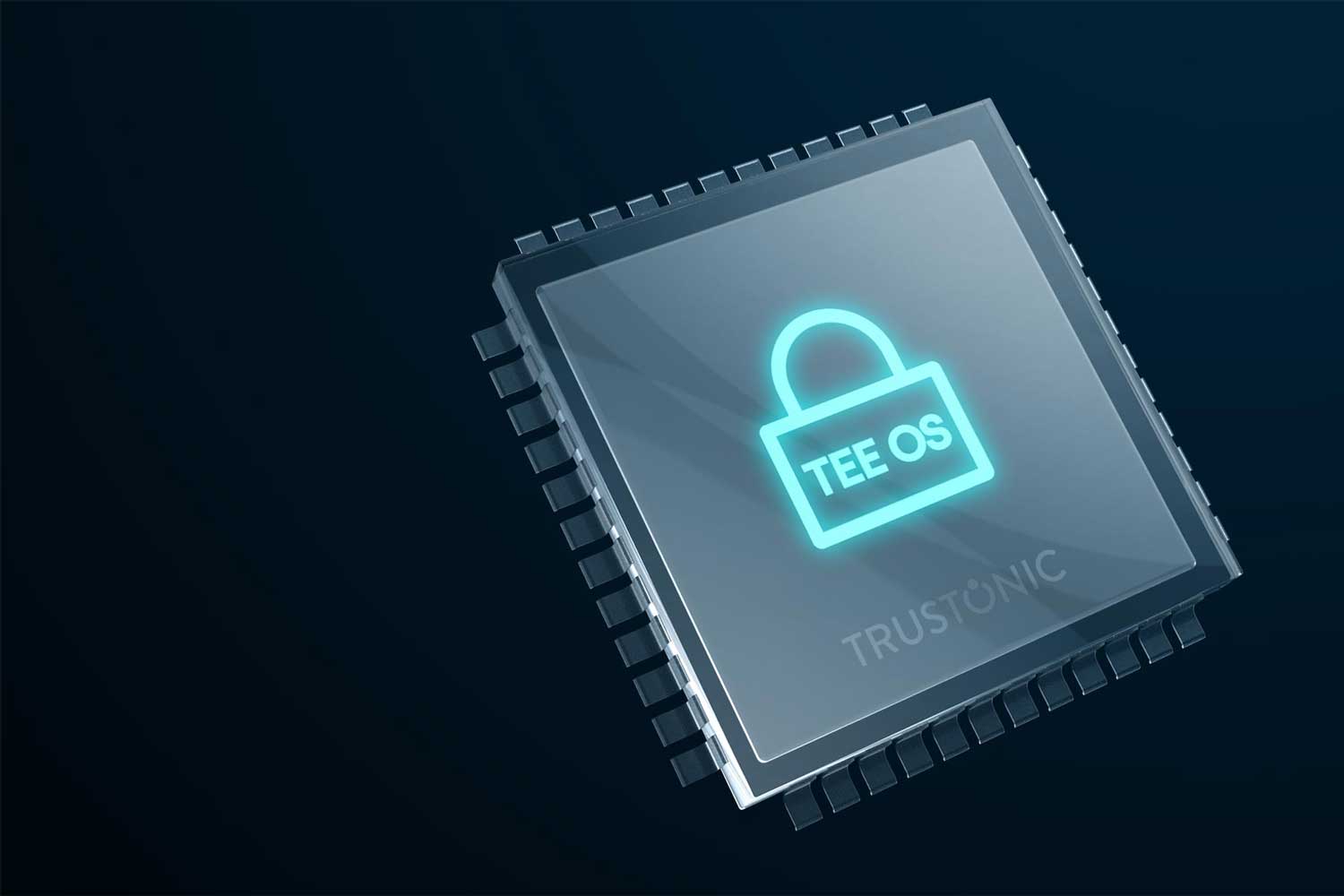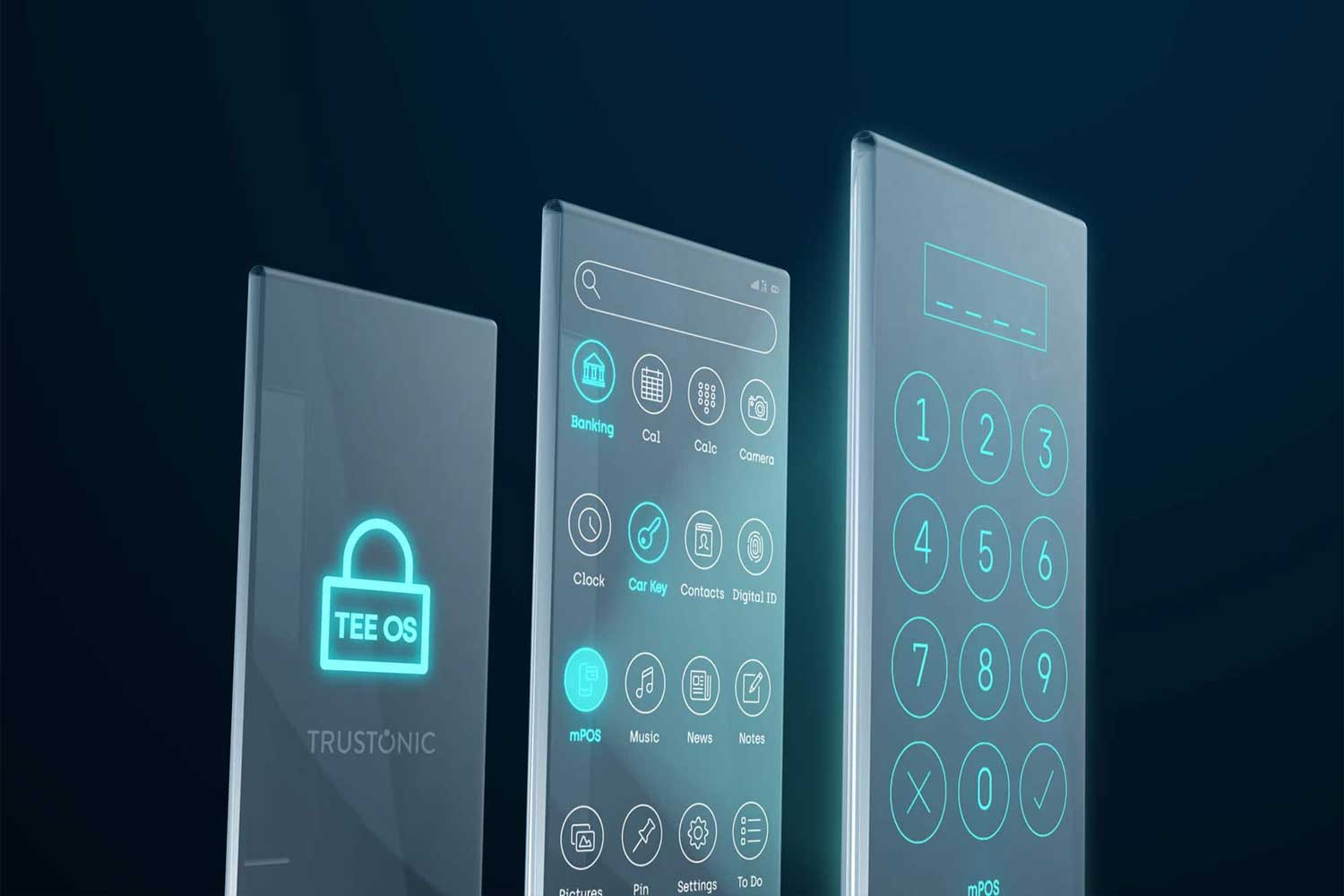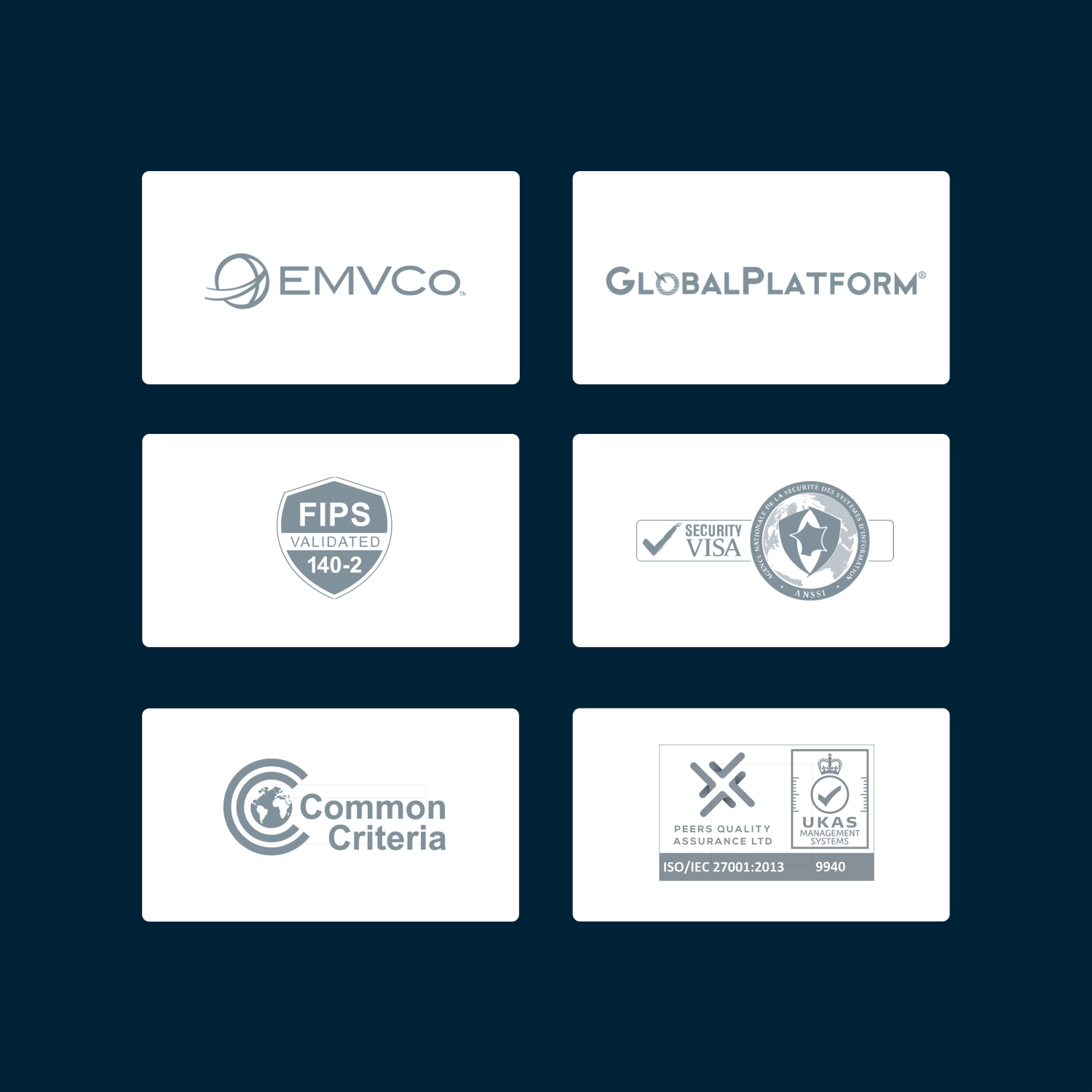Our solution is built on the foundations of industry expertise
IETF Standards: We adhere to the International Engineering Task Force’s (IETF) defined standard claims and overall guidelines, ensuring superior security and compliance
Global Platform Collaboration: In partnership with Global Platform, we’ve developed advanced claims specifically tailored to Trusted Execution Environments (TEEs) and Secure Elements (SEs)
Android and Boot Claims by Google: Our platform is compatible with Google’s focus on Android and boot claims, allowing seamless integration with the world’s most popular mobile operating system
Our Entity Attestation Tokens (EATs) are not only encrypted but also signed to guarantee the utmost level of security. The digital signature serves as proof that the token originates from a reputable entity, providing an additional layer of trust for our clients
Our platform enables services to leverage claims data for enhanced decision-making regarding entity trustworthiness. By providing valuable context, we empower businesses to make informed choices to protect their digital assets and ensure secure connections.






